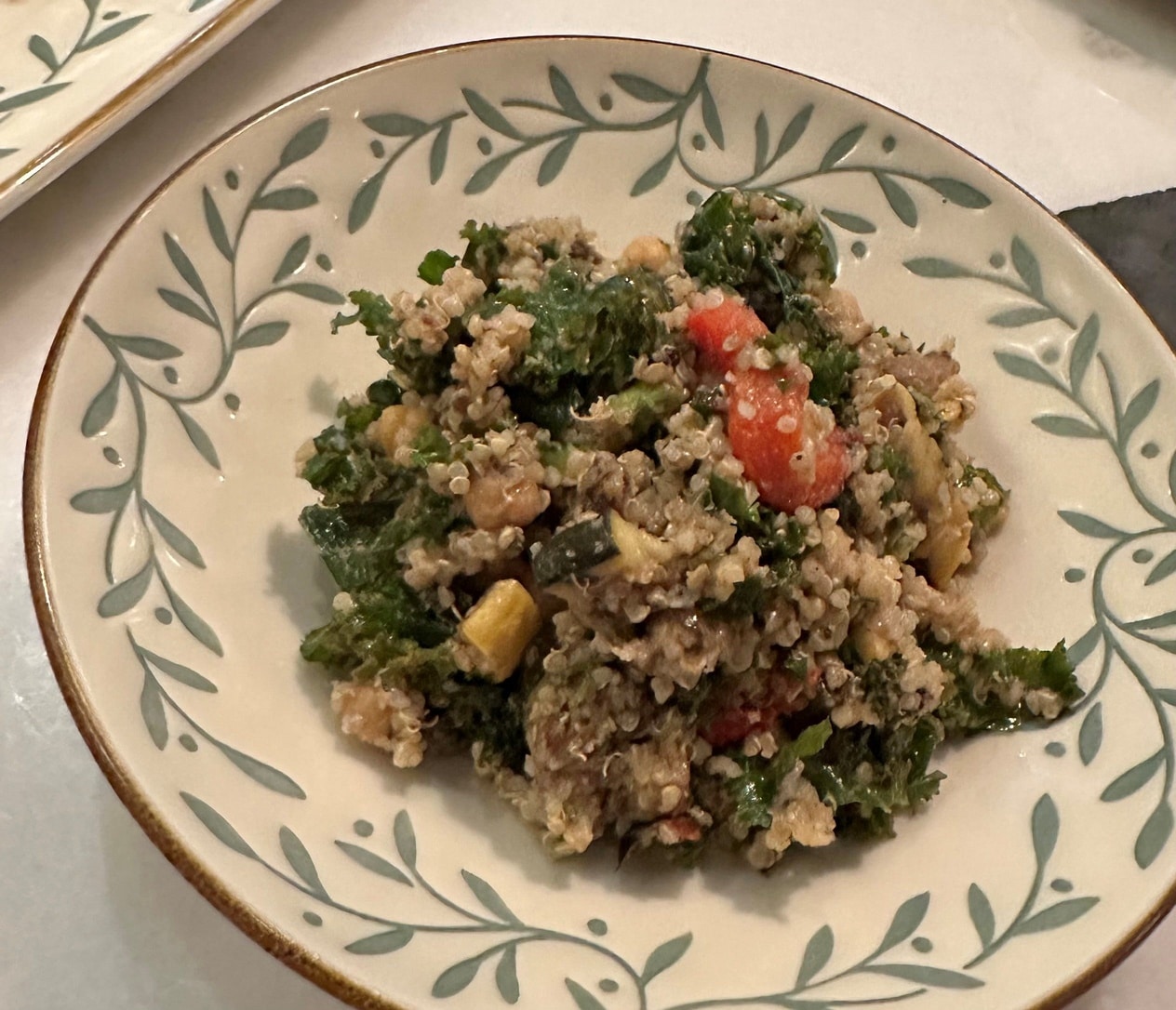Leafy greens are an essential part of your diet. They supply the body with minerals and vitamins that boost health. They are also known as dark green leafy vegetables or greens. They contribute to a healthy immune system, optimize brain health, give you radiant skin and strong bones, and reduce the risk of certain diseases. Examples of leafy greens include kale, collard greens, spinach, bok choy, and arugula.
Benefits of Leafy Greens
1. Sharper Brain
Eating leafy greens promotes sharper cognitive function and memory. These vegetables contain folate, vitamin K, and beta-carotene, which improve brain health. Studies have shown that eating one or two daily servings of leafy greens slows the cognitive decline accompanying aging.
2. Better Vision
Leafy greens also support stronger vision. They contain lutein and zeaxanthin, which are helpful to the eye. Leafy greens also contain antioxidants like vitamin C, Vitamin E, and beta-carotene, which slow the progression of eye diseases. They have proved effective against cataracts, glaucoma, and macular degeneration.
3. Stronger Bones and Radiant Skin
Leafy greens contain vitamin K and calcium, which are needed for strong bones and protect against osteoporosis. Moreover, the beta-carotene in chard, which is converted to vitamin A, is necessary for radiant and healthy skin.
4. Healthy Heart
Leafy greens contain potassium, fiber, folate, and antioxidants, which are all necessary to keep the heart healthy. Potassium lowers blood pressure, while folate protects against heart disease and stroke. Fibre is good for lowering cholesterol, and antioxidants fight against free radicals, which can cause atherosclerosis.
5. Fight Cancer
Leafy greens contain unique compounds known as glucosinolates, which form cancer-fighting compounds when broken down. They also contain flavonoids and carotenoids, both known to combat cancer in the body. Regular consumption of leafy greens has been linked to reduced risk of prostate, breast, bladder, bowel, lungs, ovaries, kidney, pancreas, and stomach cancer.
Leafy greens have several other benefits. They detoxify the body, improve gut health, and reduce inflammation. The vitamin E in broccoli improves the immune system by fighting germs. Leafy greens are also low in calories but have high nutritional value, which helps to keep a healthy weight. They have also been found to reduce the risk of stroke and anemia and purify the blood.
Healthiest Leafy Greens
Some green vegetables are more nutrient-packed than others. Some of the most nutritious leafy greens include the following:
1. Kale
Kale is a popular leafy green commonly found in salads. It is slightly bitter, which can be off-putting. However, kale is good for the body. It is rich in calcium, fiber, vitamin K, and antioxidants. A 2018 study found Kale effective in protecting against type 2 diabetes. A cup (118g) of cooked kale contains 43 calories, 6.3g carbohydrates, 4.7g fiber, and 3.5g protein. One raw cup provides 68% of the Daily Value (DV) for vitamin K, 6% for vitamin A, and 22% for vitamin C.
2. Collard Greens
Collard greens are another type of leafy green with many nutritional benefits. They are also slightly bitter but rich in vitamins C, A, K, B9, and calcium. One cup of raw collard greens contains 131% of the DV for vitamin K. Collard greens are good for blood clotting and stronger eyes and bones.
3. Spinach
Spinach is rich in folate, iron, magnesium, calcium, and phosphorus. It helps in red blood cell production, and studies have linked its consumption to delayed progression of Alzheimer’s disease. It may also help prevent eye diseases. One cup of raw spinach contains 12% of the DV for manganese and 121% for vitamin K.
4. Cabbage
Studies have linked cabbage to reduced cancer risk due to its sulforaphane compound. It can also protect cells from oxidative damage during radiation therapy. Additionally, cabbage has been found helpful in protecting against inflammation, stroke, and high blood pressure and improving digestion and the immune system. Other leafy greens with powerful benefits for the body include Swiss chard, watercress, turnip greens, beet greens, romaine lettuce, arugula, endive, bok choy, and broccoli.
How to Incorporate Leafy Greens Into Your Diet
If you are just starting, getting used to eating leafy greens may take some time. However, there are several ways to incorporate and enjoy them into your diet. You can use spinach in your smoothie, scrambled eggs, omelets, pasta sauce, casseroles, chicken or turkey sandwiches, and quiche. You can also sautée kale, Swiss chard, and spinach in olive oil. Alternatively, use Swiss chard when stir-frying and collard greens and romaine lettuce for meat wraps.
Other methods you can try include substituting leafy greens in your regular meals. You can incorporate cabbage into your tacos and salads. Otherwise, cook cabbage, kale, spinach, Swiss chard, or kale down and add them to soup. You can also use leafy greens in pizzas, pesto, and juices.
Conclusion
Leafy greens are beneficial in many ways, and you don’t have to eat them in salads alone. Incorporating them into your diet will give you the needed nutrients to keep your body strong enough to fight diseases. Hence, you should not fear having more of them in your diet.
Disclaimer: This article is intended simply to provide information. It does not replace the medical advice of a physician. Please speak with your doctor if you have any questions or concerns.




